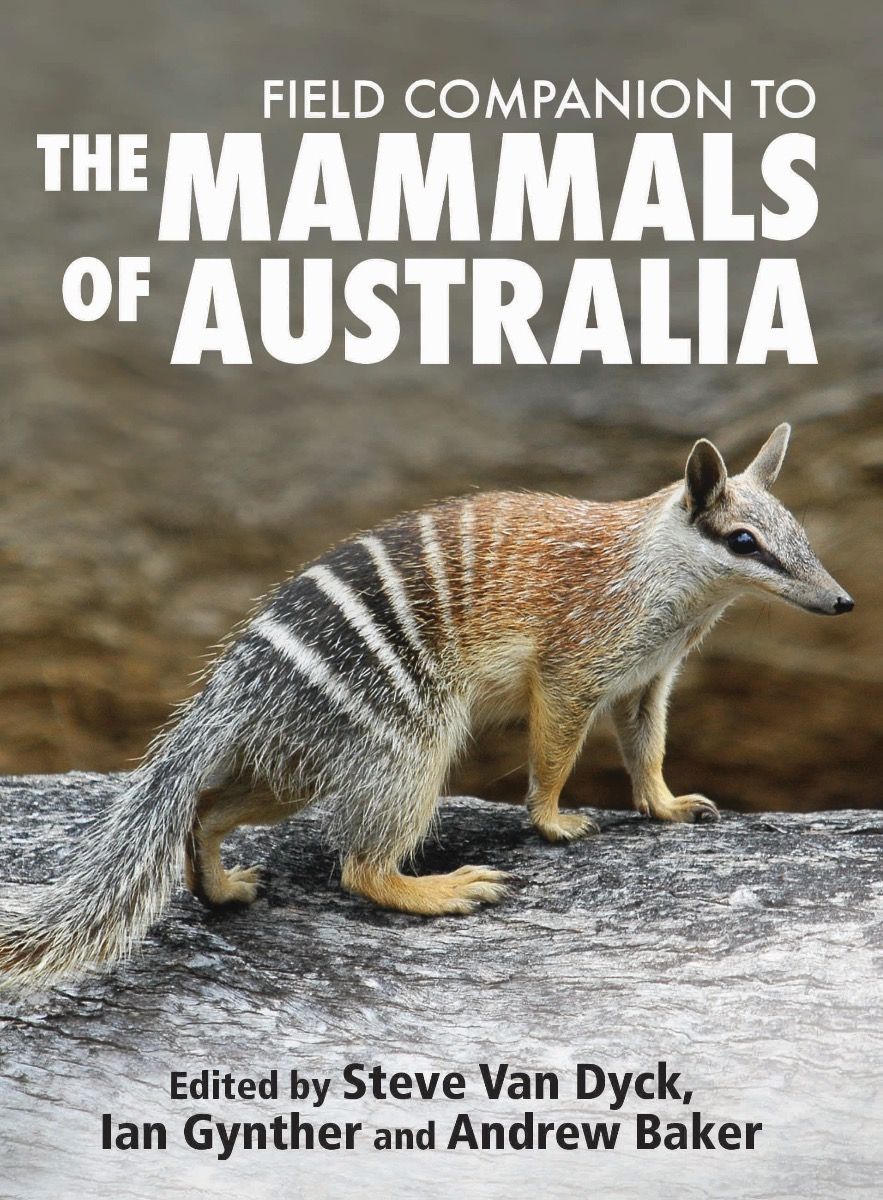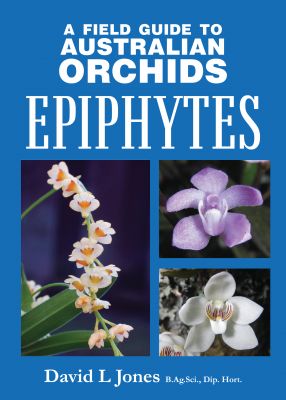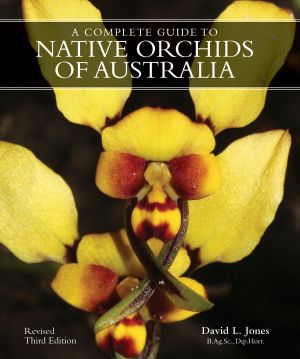Field Companion to The Mammals of Australia
389 species and newly developed, comprehensive identification keys
| By | Edited by Steve Van Dyck, Ian Gynther and Andrew Baker |
|---|---|
| Format | Paperback / softback |
| Page Extent | 576 |
| Book Size | 225 x 170 x 30 mm (H x W x D) |
| Imprint | Reed New Holland |
| Release Date | 1 Oct 2013 |
| Subject Classification | The natural world, country life & pets / Wildlife: general interest / Wildlife: mammals |
This invaluable companion to The Mammals of Australia (3rd Ed) is intended to be taken out into the field and used in conjunction with the more comprehensive volume.
Genuinely practical in the outdoors, this book includes accounts of 389 species and newly developed, comprehensive identification keys. The Field Companion is introduced by a Mammal Distribution Matrix, which provides a classified checklist of all mammals in Australia (including those extinguished since European settlement) and the distribution of extant species in each State and Territory. Species accounts provide initial differentiation, and include notes on identification, size, abundance, habitat and federal list/status, photograph and distribution map, as well as key references, which provide quick access to all relevant state identification keys in the Field Companion and to the longer entry in The Mammals of Australia. The authors have developed separate keys, illustrated with detailed drawings and maps, for the six States and the Northern Territory, to simplify the identification process and allow the reader to confidently separate all mammal species, no matter how subtle the differences. With the addition of these identification keys, this book becomes more than a field guide, although it is intended primarily to be used outdoors, and allows the user to finish identification based on more obscure characteristics, which is an advantage for some hard-to-identify species groups.









